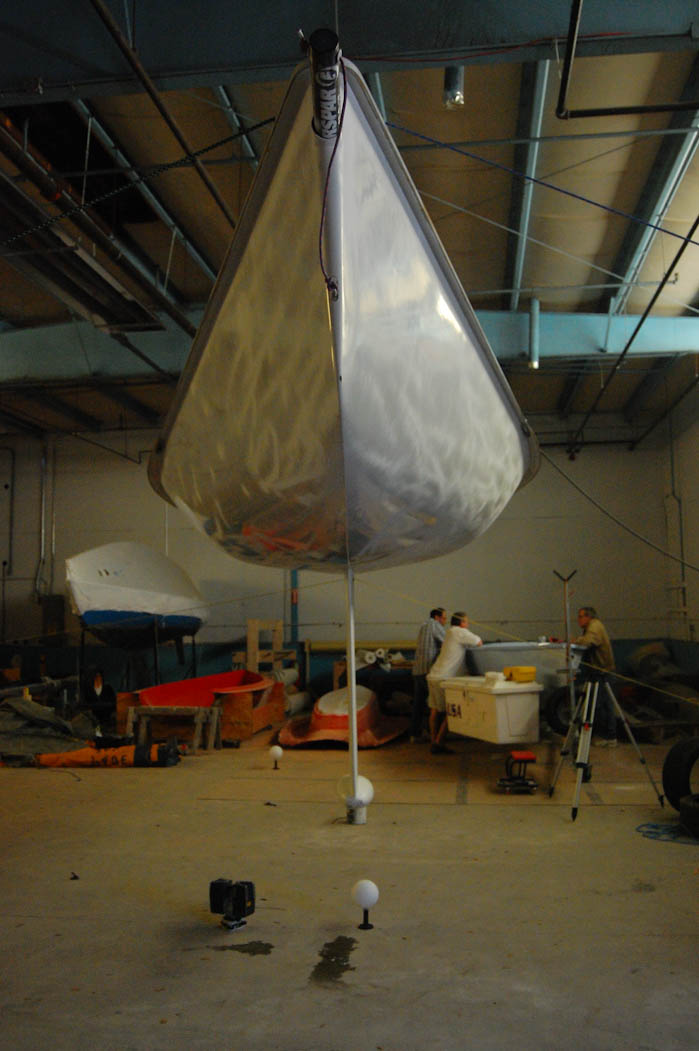So we’ve all been sailing around in this great boat that Brian Bennett designed. But as it turns out, there are no drawings or data files that define exactly what a Viper 640 is. We all know that the racing is very close out of the water, but the only detailed information we have on the boat is what you see on your trailer. At this stage in the development of the Class, the Exec Committee has decided to do something about this for a few basic reasons:
- First, as an owner-driven class we need to be able to communicate with the current or future builder just what this boat is and how it is made. We want to ensure that construction is consistent in order to continue our close racing out on the water.
- Second, is essentially to have a backup copy. Say Paul Young sold Rondar and retired to Tahiti and the new owner decided to drop the Viper line. As a Class we could need specific detailed information to a get a new builder started and producing a consistent product.
- Finally, a written definition of the boat and how it is made can become part of any builders agreement to help ensure consistent future build quality.

3-D Scanned Viper Hull
The process the Class Tech Committee has begun has 3 basic steps: scanning, documenting dimensions, and developing a build book. We have laser scanned two hulls and foils and one deck to collect the raw data on the shape and dimensions of a recent Rondar-built boat and a very good condition original Performance Boats hull. Scanning takes a day. The millions and millions of data points then get processed and reduced to a file format and size that a yacht designer can utilize. That post-processing takes about a week per hull.

Then, we’ll be working with Jim Taylor, a professional yacht designer who will develop 2-D and 3-D drawings and data files that precisely define the boat. With these, the class will possess the information necessary for any builder to reproduce an exact product in the future. The process will also confirm and document the rig and foil dimensions. Jim has done exactly this kind of work in the past for other design keelboat classes and he comes well recommended.
Finally, we will develop a “build book” that described the materials, laminate schedules and processes that make a Viper a Viper. We plan to work with Jim Taylor on this as well and Paul Young has offered his full cooperation to work with Jim to document the current boats. We hope that Brian Bennett will contribute as well.
The scanning and processing was done May 7th at Whitecap Composites and hopefully Taylor’s initial work can be completed in June. The build book will follow. We’ll report back on status during the summer.



The scanning crew



